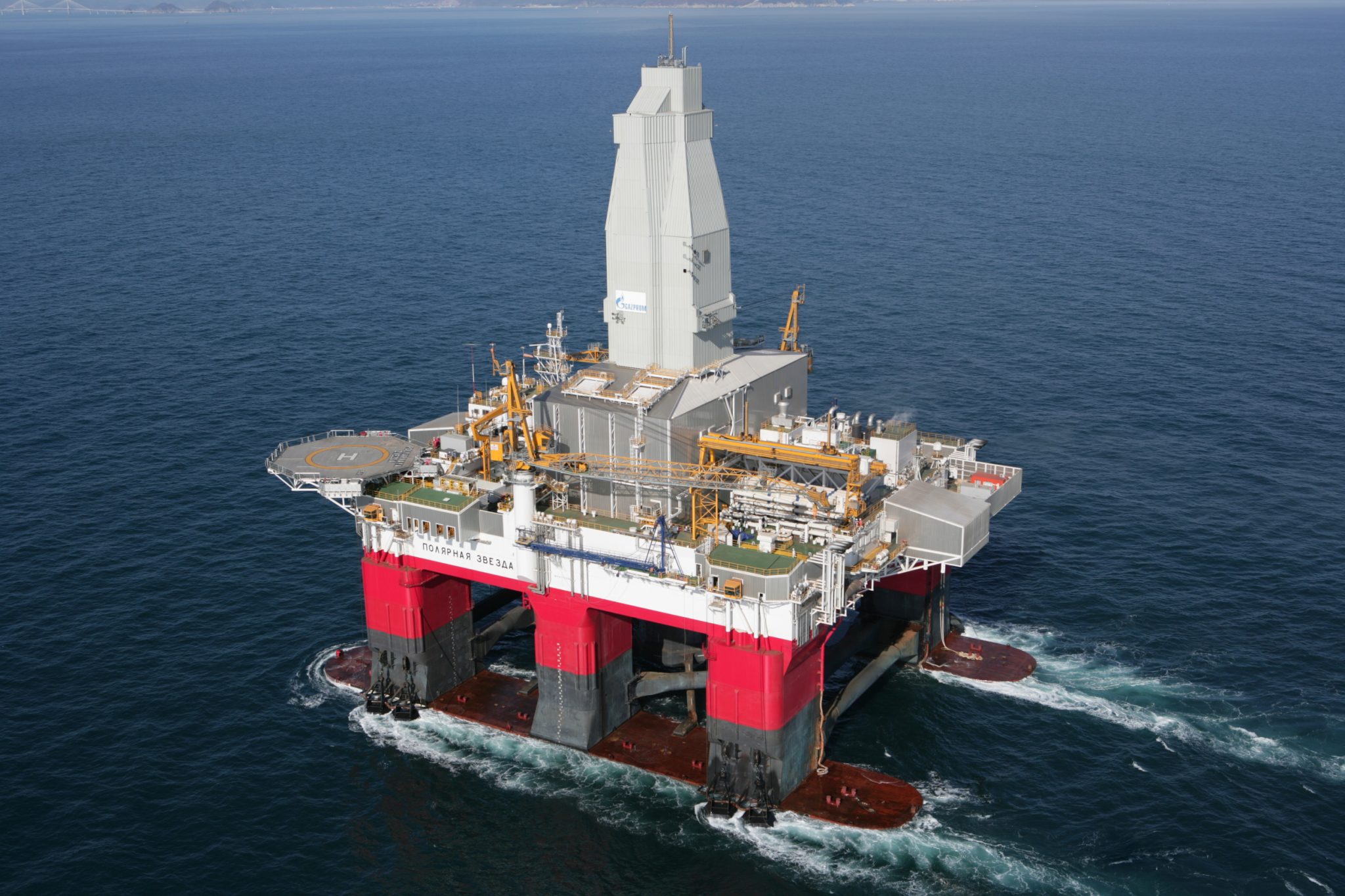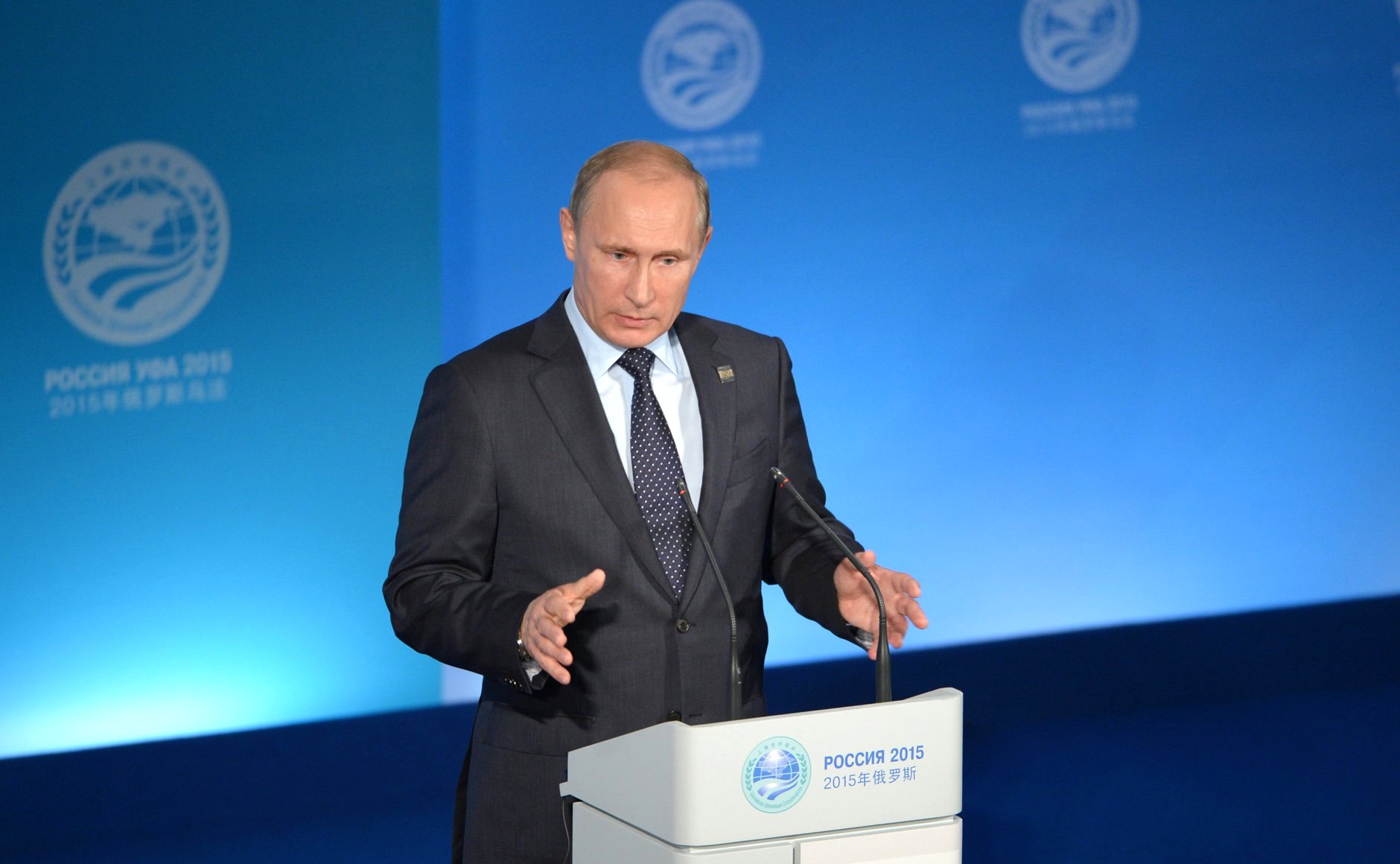
Over the past weeks, it was reported that the Russian authorities would consider the possibility of allowing other companies than Gazprom to export natural gas. Recently, this information has been taken up: it was accounted that Gazprom would preserve its export monopoly and that Rosneft, the other Russian state-owned energy giant, suggested the government to break up Gazprom into separate companies for production and transport. Yet, the issue’s implications go beyond the break-up of Gazprom’s export monopoly and its splitting up, as they encompass the economic competition between Gazprom and other major gas actors, mainly Rosneft and Novatek, and, likely, a gradual transformation of the Russian gas market’s model.
Rosneft’s proposals: from liberalization of LNG exports to gas market liberalization
In July 2015, Rosneft outlined and further submitted to the Energy Ministry some proposals which go beyond the calling into question of Gazprom’s gas export monopoly, as they actually aim at transforming the current model of the Russian gas market. Hence, Rosneft put forward the following matters: (i) starting from 2016, the permission for independent gas producers to export gas to Europe, under a quote-scheme, and within the framework of an agreement with Gazprom in order to avoid competition on European markets; (ii) also starting from 2016, further liberalization of the liquefied natural gas ( LNG) exportations (the LNG exports are currently allowed only for the companies operating subsoil plots situated within inland sea waters, territorial sea, or continental shelf and which had acquired licenses prior to January 1, 2013) (iii) full liberalization of the Russian domestic gas market by 2025, while maintaining a quota-system, and the splitting up of Gazprom into separate production and transportation companies; (iiii) by 2019-2020, granting access to independent gas producers to get revenues from the Unified Gas Supply System (UGSS) based on direct exports or export netbacks.
In this regard, it is worth mentioning that the UGSS is exclusively owned by Gazprom, which consequently holds a critical influence over the Russia’s gas midstream sector. The third-party access to the UGSS is provided by Gazprom under a complex set of provisions, which include the existence of transportations agreements between Gazprom and a third-party stakeholder, the existence of spare capacity from the connection to the gas collection zone during the proposed delivery period, the gas’ compliance with technical standards, and more. Nevertheless, the third-parties have been complaining about the inexistence of a competitive bidding framework on capacities and the insufficient transparency of procedures determining the gas transportation routes and tariffs.
An immediate stake: getting access to Gazprom-owned pipelines
Seemingly, Rosneft advanced a wider range of proposals than those mentioned above, which would have been submitted to the Presidential Commission for Strategic Development for the Fuel and Energy Sector, whose upcoming meeting should be held by the end of the year. Regarding the issue of access to the UGSS, Rosneft’s proposals seem well-timed: following its last year’s meeting, the Presidential Commission for Energy instructed the government to set up a new model for the Russian gas market, including a regulatory framework for the third-party access to the UGSS and non-UGSS pipelines.
The access to UGSS and LNG exports are two connected issues in Rosneft’s case. The changes in Russia’s LNG export regime, called by the majority of analysts “liberalization”, although the degree of the state’s involvement in the process would rather not recommend this label, occurred at the end of 2013. The legislative amendments to the Gas Export Law introduced changes in export regulations for LNG, which broke Gazprom’s monopoly on LNG exports. Under these amendments, the state-controlled Rosneft and the independent gas producer, Novatek, acquired the right of LNG exportations. The 2013 legislative amendments to the LNG exportations regime cover the Rosneft’s Sakhalin-1 project and Novatek’s Yamal LNG. The two companies, eying to increase their role as gas players, had been lobbied for the matter since 2012. Hence, Rosneft has among the key-priorities of its business strategy the increasing of its gas production up to 100 billion cubic meters (bcm) and the development of large-scale LNG exports from its offshore projects.
The “Russian Far East LNG project (Sakhalin-1) is developed by Rosneft (20% stake) in participation with Exxon Mobil (30% stake), Sodeco (20% stake) and Oil and Natural Gas Corporation (20% stake). The project has been expecting to produce 5 million tonnes of LNG per year from 2018-2019, but the Western sanctions imposed on Russia might delay the production timeline with a few years. In order to monetize the Far East LNG project’s production to the Eastern markets, Rosneft needs to get access to the domestic pipelines in the region but its attempts to achieve this critical goal have been fruitless so far. After a judicial battle between Rosneft and Gazprom, the previous gained, in September 2015, the right to connect to the Trans-Sakhalin pipeline system.
From “Power of Siberia to access to gas exports sales
Also, seeking to enter the Asian markets, Rosneft has been fighting to get access to the “Power of Siberia” pipeline, which has yet to be built and would link the East Siberian gas production to the North-East China. More, Rosneft threatened a court action over Gazprom’s refusal to grant it access to the future pipeline.
However, it seems that the things are going to change in this regard, as the First Deputy of Energy Minister announced that “Russia’s Energy Strategy until 2035” (whose adoption has been postponed since last year) would give independent producers access to gas pipelines. Also, the Energy Minister announced that, following “the letter from Rosneft” on the company’s access to “Power of Siberia, and Vladimir Putin’s instructions, the government has been discussing the issue. Therefore, according to the Energy Minister, the Russian independent gas producers may receive access to gas exports via the “Power of Siberia” from 2020-2025. Furthermore, a statement made by the authorities on Russia’s Energy Strategy until 2035” is, though sparse on details, very important with regard to the Russian gas market’s development. Hence, “in terms of access of independent producers to export sales”, the government expect “at the first stage to liberalize and develop the LNG production, and at the second stage to provide independent exporters access on a competitive basis to a single channel of pipeline gas export”. Given, so far, the information scarcity on this issue and the lack of officially-validated evidences, it is difficult to comment on it. Nonetheless, it could be assumed that, at least in short-term, the independent gas producers and Gazprom would not compete, either regarding the LNG exportations, or the gas ones, on the European market.
In this regard, it is worth mentioning that the Pechora LNG project, which Rosneft jointly develops with Alltech, has not yet the permission for LNG exportations, and that does affect its development prospects.
The planned steps to liberalize the LNG exportations and, further, to grant the independent producers access to the gas exports would also impact Novatek, the second Russia’s gas producer. The company is currently developing the Yamal LNG project, with Total (20% stake) and China National Petroleum Corporation (20%) and the production is planned to start in 2017-2018. Novatek signed LNG-supply contracts for Yamal production with Gas Natural Fenosa, Shell, Engie, China National Petroleum Corporation and Gazprom Marketing & Trading Singapore. Starting 2020-2025, Novatek is aiming at producing LNG from the projects situated in the Gydan peninsula and have already been granted the right to LNG exportations for “Arctic LNG 1”, “Arctic LNG 2” and “Arctic LNG 3”.
Conclusion
Rosneft’s proposals would not immediately trigger a sea-change into the Russian gas market, and that due to an intricate complex of factors, whose discussion requires a separate analysis. However, it seems that the Russian authorities would proceed to a further liberalization of the LNG exportations regime in near term and the independent gas producers may, in a second stage, access the export pipelines. That would greatly impact the independent producers’ (mainly Rosneft’s and Novatek’s) gas exportations primarily to Asia. Given the economic and political implications of Gazprom’s monopoly on gas exportations to Europe, it appears that the Russian authorities would not proceed to break this monopoly up, at least in short-term. The breadth of the further actions targeting the Russian gas market would most probably be determined following the upcoming meeting of the Presidential Commission on Energy.



